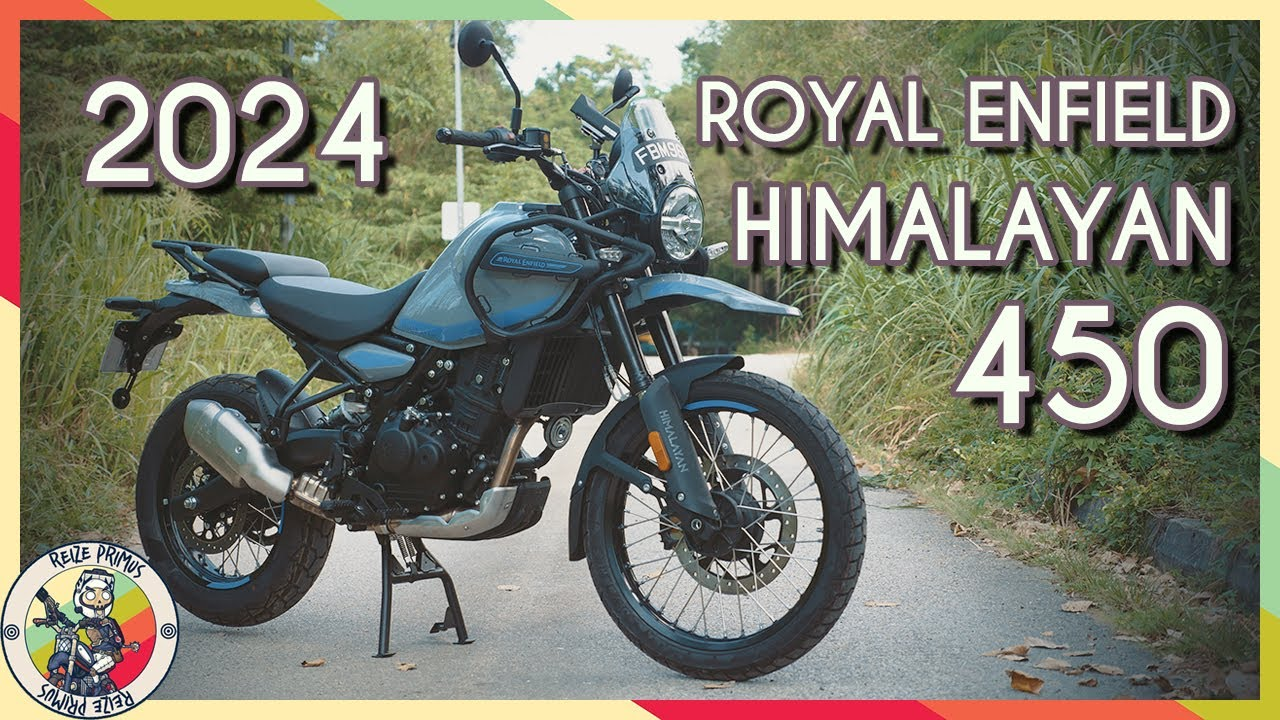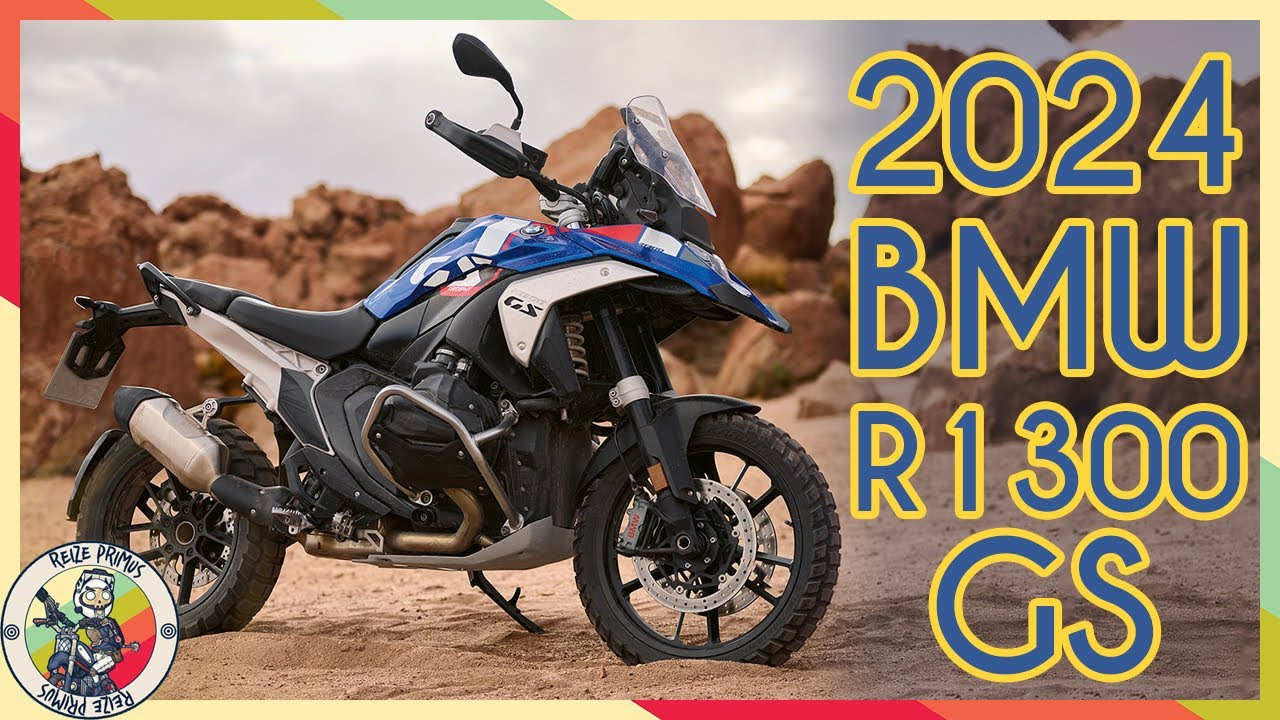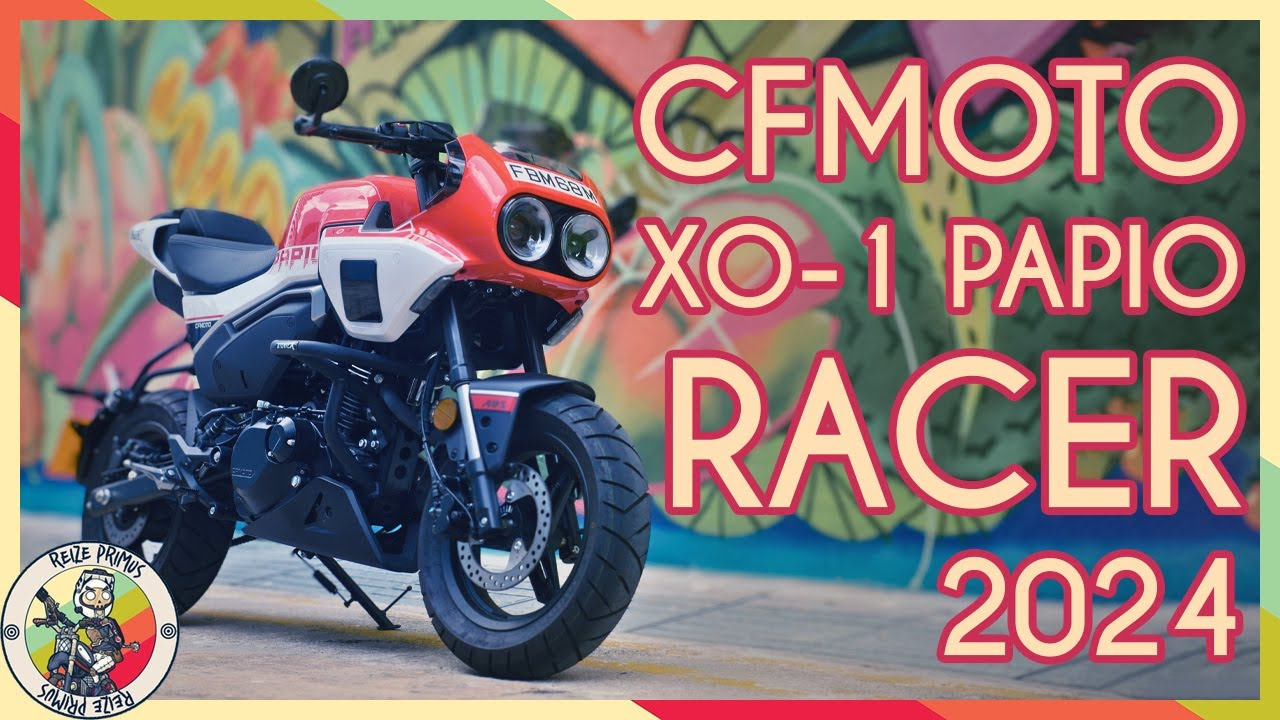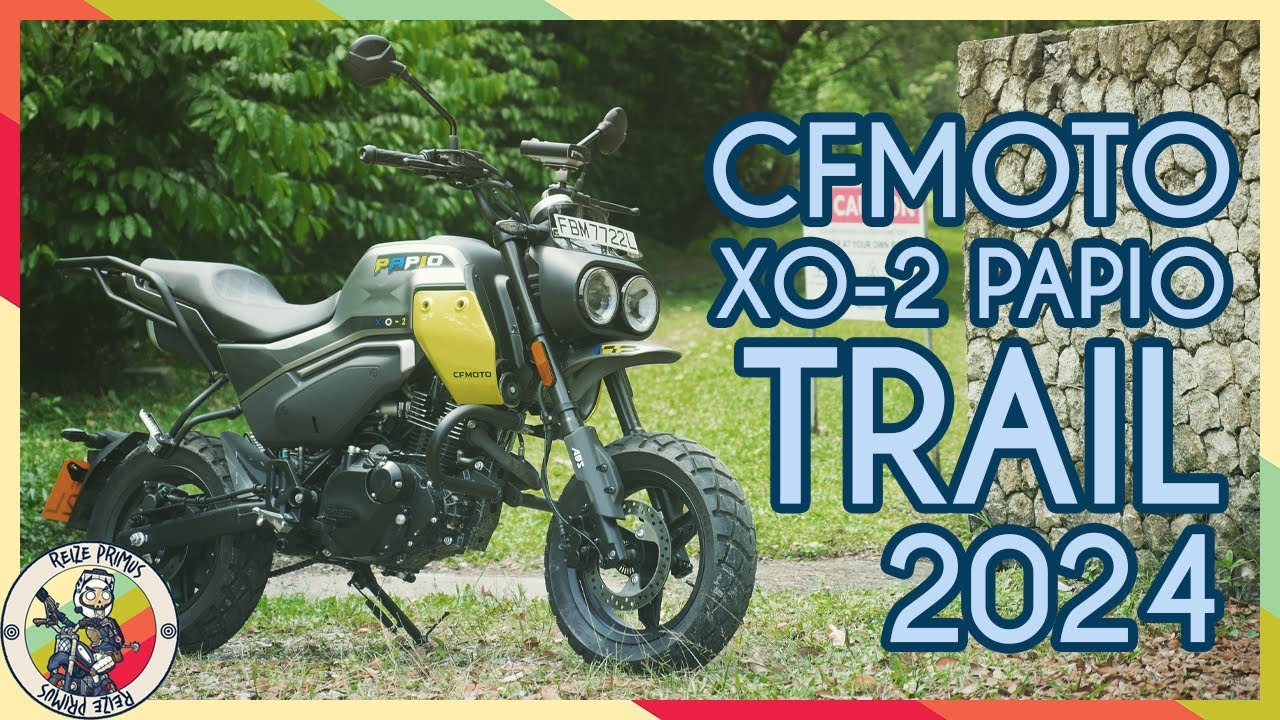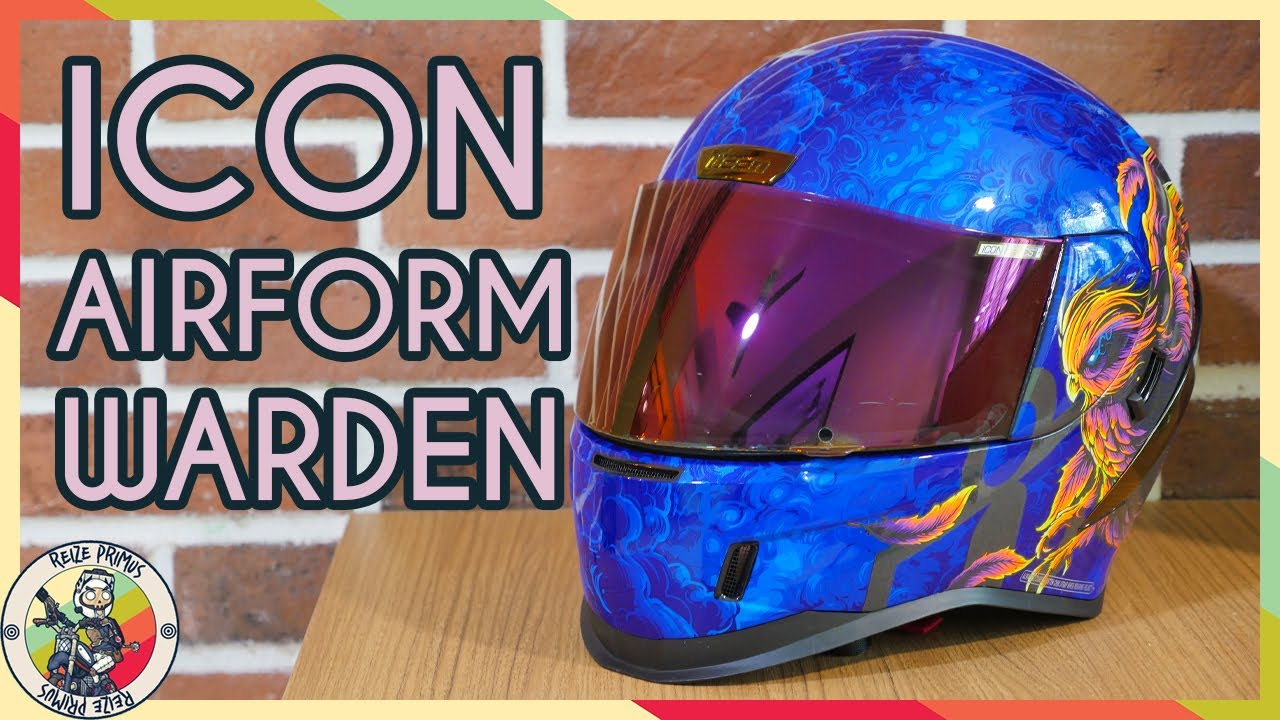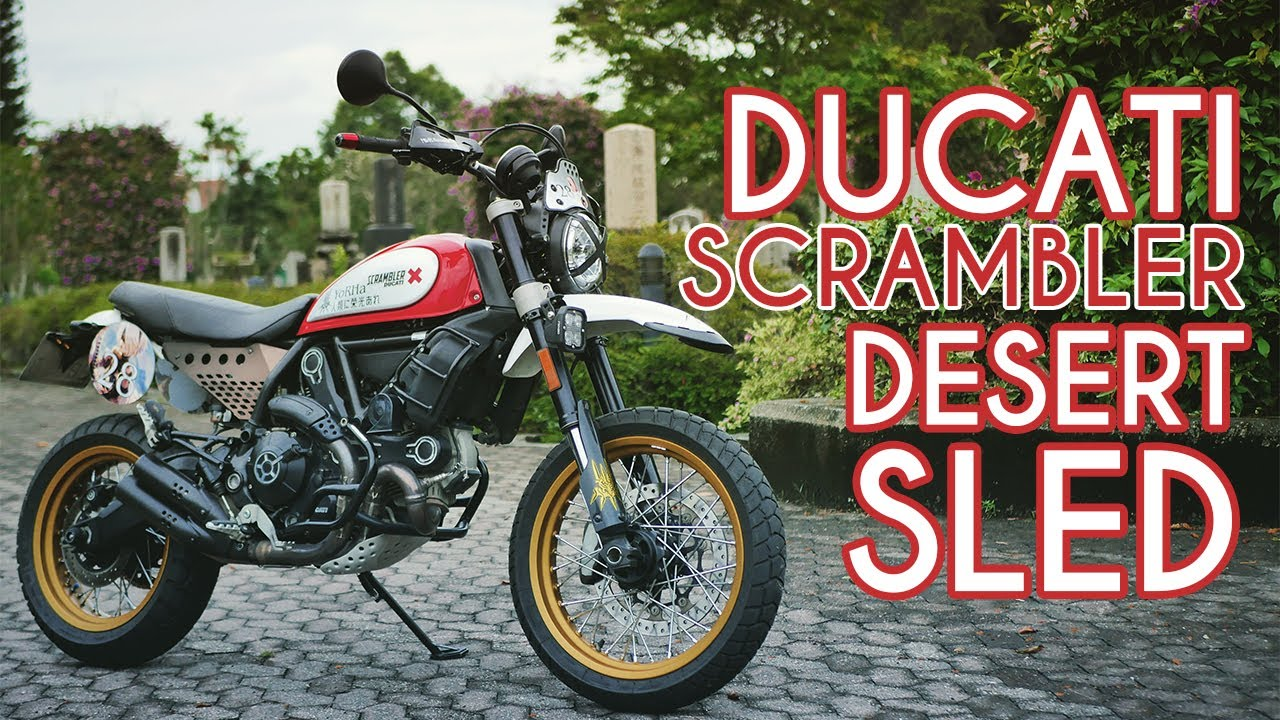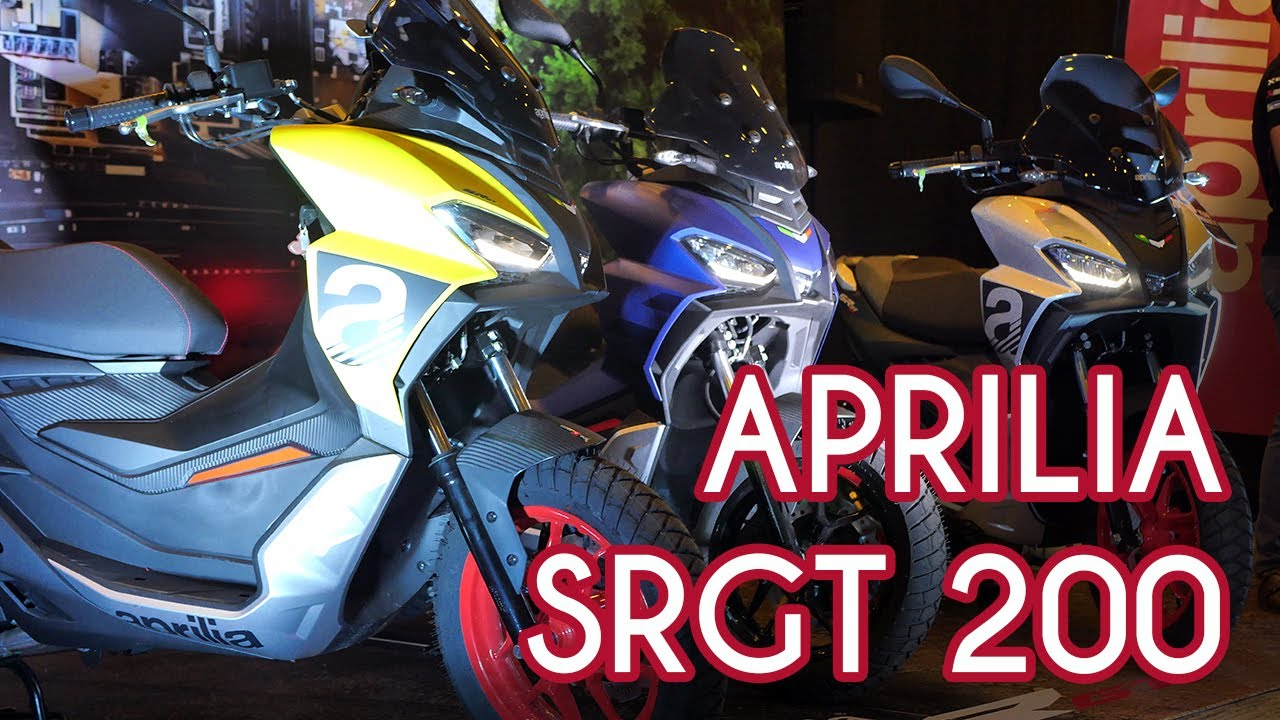The 2024 Royal Enfield Himalayan 450 marks a major evolution for Enfield’s most rugged ADV, combining increased power, tech features, and classic utility. Whether tackling Singapore’s city roads or conquering remote trails, this “classy tractor” earns its reputation as a no-nonsense adventure machine. Here’s everything you need to know if you’re considering the Himalayan as your next all-terrain ride.
Engine & Performance
- Engine: 452cc liquid-cooled single-cylinder, DOHC
- Output: 40 hp @ 8,000 rpm / 40 Nm torque @ 5,500 rpm
- Transmission: 6-speed
- Power Delivery: Noticeably more potent than the outgoing 411cc model, with broad midrange and crisp top-end. While low-end grunt is moderate, the 450 feels tractable and climbs highway speeds with ease, holding 100–120 km/h almost effortlessly.
- Fuel Economy: Real-world 22–27 km/l depending on riding mode (Performance/Eco), yielding a 374–459 km range from the 17L tank.
The new engine transforms the Himalayan from a “slow, steady” trail bike to a confident, versatile ADV suited for spirited city rides and real-world touring.
Chassis, Handling, & Off-Road Capability
- Suspension: SHOWA 43mm forks (200mm travel), soft and controlled; rear adjustable
- Wheels: 21″ front, 17″ rear spoked, CEAT tires
- Brakes: ByBre discs with dual-channel ABS (rear switchable)
- Ground Clearance: Mammoth 230mm – among class-leading for obstacle clearance
Stability at high speeds and composure off-road is where the Himalayan 450 shines. The soft suspension and high ground clearance absorb roots and rocks, making slow technical riding or high-speed highway work equally manageable. While the stock CEAT tires are only “ok” on road and trail, the bike is transformed with proper knobbies.
Features & Tech
- Ride-by-wire throttle with two modes (Performance/Eco)
- Switchable rear ABS for true trail performance (activated easily with bar controls)
- 5″ TFT display: Customizable, daylight and night modes, fuel and trip data, easy control via thumb joystick
- Bluetooth connectivity: Royal Enfield app allows turn-by-turn navigation and call alerts directly on the dash
- Ride ergonomics: Adjustable seat (825–845mm), wide bars, removable rubber peg inserts, roomy pillion accommodations
The Himalayan 450 is much more feature-rich than its predecessor, matching modern Euro and Japanese rivals while keeping operation simple and robust.
Comfort, Ergonomics & Build
- Weight: 196 kg wet (top-heavy, but manageable)
- Seat: Adjustable in height/angle; optional low seat available (805–825mm)
- Wind & weather protection: Small windshield is mostly aesthetic—bigger screen needed for touring
- Details: Switchgear is functional, though some controls are loose; tank welds and metallic finishes are top-notch
- Quirks: Side stand leans bike over far, requiring more parking space and effort to lift; mirrors are small for ADV size
Ergonomics are spot-on for average-to-tall riders at 177cm and above, both seated and standing. Long days call for a larger screen and heavier bar weights to counter high-speed vibration.
Styling & Practicality
- Aesthetics: Modern “retro” that blends 80s Paris-Dakar lines with contemporary Enfield toughness; clean welds, tough plastics, compact exhaust
- Customization: Crash bars, luggage racks, and tubeless spoke wheels (on premium colors) available from the factory
- Practical Value: At ~SGD 13,000 (base machine price), it seriously undercuts its major rivals (e.g., KTM 390 Adventure, Honda NX500)
Who Should Buy the Himalayan 450?
- Perfect for:
- Adventure riders seeking true off-road capability at a reasonable price
- Commuters wanting a reliable, fuel-efficient all-rounder
- Novice-to-intermediate off-roaders and tourers who value utility over electronic “bling”
- Skip it if you need:
- Ultra-modern looks, max performance, or pillion luxury of high-end European ADV bikes
Conclusion
The Royal Enfield Himalayan 450 is a thorough upgrade, offering real off-road ability, impressive daily comfort, and a price that’s hard to ignore. It’s now one of the best lightweight adventure motorcycles in Singapore for serious explorers and everyday city riders alike. Lose the stock tires for aggressive knobbies, add a bigger windscreen, and you’ve got a sherpa ready for Southeast Asia or the Himalayas themselves.

